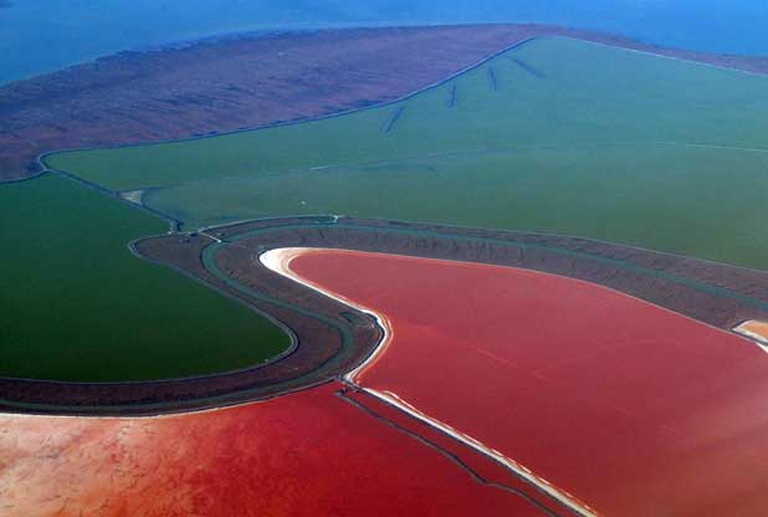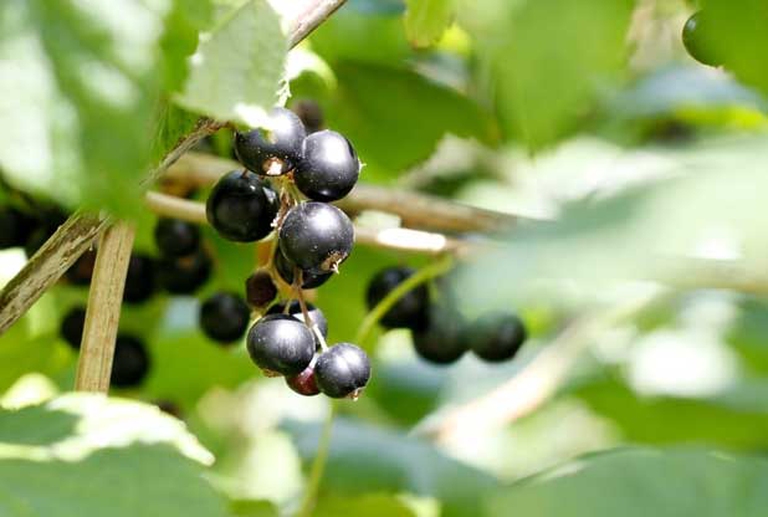
There are many natural resources that can be used for home care. But clay, thanks to its many beneficial properties, is one of the best remedies.
Summer has come and as every year we must protect our skin before sun exposure. Here are a few dietary and phytotherapic tips for a perfect suntan.
The substances that protect the epidermis include beta-carotene, precursor of vitamin A, renowned for its beneficial effects on the skin and membranes. Great sources of this vitamin are red or orange fruits and vegetables such as carrot, pepper, pumpkin, mango, melon, apricot, strawberry and tomato, which should be included in our daily diet. So, why not consuming them exactly the way nature provides them to us or in juice form? Algae are also rich in beta carotene, in particular Dunaliella salina.

A good supplement that shields the skin during sun exposure and that maintain a tan for a long time must contain at least one antioxidant, e.g. lycopene, an active ingredient found in tomatoes, or lutein, which is abundant in egg yolks.
If you have skin disorders and you are prone to heat rashes, you should use ribes nigrum in the glycerine macerate form (50 drops twice a day) or in form of oil capsules (two capsules at breakfast, lunch and dinner), which help you tackle the bothering symptoms of erythema along with a fresh aloe gel you should apply in profusion on your skin. Another recommendation is to have a bath with starch and a lotion with a high percentage of calendola (at least 30 percent).

Another excellent remedy for sunburn and rash is the Australian flower Mulla Mulla, a plant with pink flowers resistant to the hot temperatures of Australian deserts. Take 7 drops of this essence in the morning and evening, a few days before or during sun exposure. You can add this essence to your sun screen or after sun so that you can take advantage of its benefits even topically.

In your luggage you should also include effective high-SPF sunscreen that protect you from UV rays and their harmful effects on your skin, available in all herbalist’s shops.
And remember to protect your skin from the sun even when you are in the city, especially if you have skin discoloration.
Siamo anche su WhatsApp. Segui il canale ufficiale LifeGate per restare aggiornata, aggiornato sulle ultime notizie e sulle nostre attività.
![]()
Quest'opera è distribuita con Licenza Creative Commons Attribuzione - Non commerciale - Non opere derivate 4.0 Internazionale.
There are many natural resources that can be used for home care. But clay, thanks to its many beneficial properties, is one of the best remedies.
The god of sleep runs with a poppy and a cup of its juice in his hands. The importance of sleep and how to use natural substances to promote it.
With the arrival of autumn we have to take a bit of extra care to have healthy and shiny hair. Here are some natural deep-moisturising treatments.
Adaptogenic herbs are useful to help you face daily tasks and reactivate your mind. Whatever your age.
Here is how to avoid that a close encounter with a jellyfish ruins your day at the seaside.
Even in the morning, some people feel a sense of fatigue and lightheadedness, and their solution to these symptoms is a coffee break. Maybe this is simply due to post-holiday tiredness, but it is often the result of low blood pressure, which is a disorder rather than a disease. Its medical definition is blood pressure
Vapour dilates the pores of the skin encouraging the elimination of blackheads and allowing a deeper and more delicate facial cleansing, mostly for those who live in the city or in polluted areas. It also let creams and lotions penetrate deeper in the skin, thus boosting its beneficial effects. And, again, it improves blood flow,
Cough is really bad company! It often prevents you from sleeping and, in any case, at the end of the day, it will leave you exhausted. It is a disorder you should not underestimate: a visit to the doctor never hurts. But when you are looking forward to a visit or if you want to
How can we defend ourselves against these bothersome insects? Here are some natural remedies that work better than insecticides and are good for our health.







